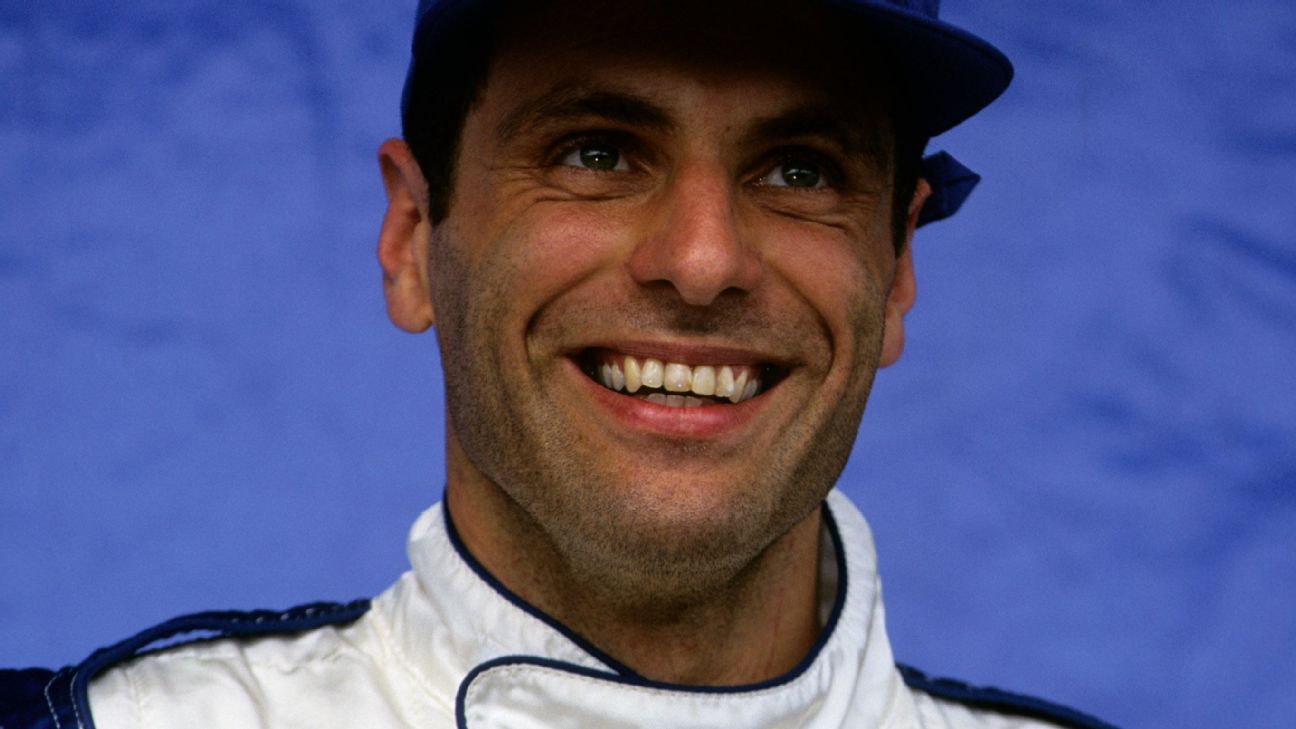When three million people lined the streets of Sao Paulo to say farewell to Ayrton Senna at his state funeral on May 5, 1994, one of F1’s most important figures was notably absent from the service.
Max Mosley, then head of the FIA, motor racing’s governing body, did not attend. Instead he traveled to the low-profile service of remembrance for Roland Ratzenberger.
On April 30, 1994, the day before Senna’s fatal accident, Ratzenberger had become the first person to be killed at a grand prix for 12 years following a crash during qualifying for the San Marino Grand Prix, held at the Autodromo Internazionale Enzo e Dino Ferrari circuit on the outskirts of Italian town Imola.
The Simtek driver was nothing near the icon Senna was, competing in just the third race of his rookie F1 season. The crash itself was horrifying, his car plunging straight off the track at the flat-out right-hand Villeneuve kink, pitching nose-first into the wall at 306km/h (190 mp/h) due to a suspected front wing failure.
The Austrian was killed instantly. The severity of the crash was immediately obvious to everyone watching, as shown by the reaction of Senna himself in the 2010 documentary film which shares his name.
Mosley would later say: “I went to Ratzenberger’s funeral rather than to Senna’s where all the great and good of Formula One were because I felt somebody needed to support him and his family.”
But what would have perhaps been the finest tribute to Ratzenberger never became a reality. When Senna was pulled from his wreckage the following day, alongside him in his cockpit was an unfurled Austrian flag he planned to wave when he crossed the line in tribute to a man whose death had made him seriously consider his own mortality.
F1 doctor Sid Watkins saw the state Ratzenberger’s death had left a tearful Senna on that Saturday afternoon, and suggested he quit the sport there and then and go fishing together instead. Senna’s response, “I cannot quit, I have to go on”, is haunting given the following day Watkins was knelt next to Senna at Tamburello corner, treating his friend for a serious head injury knowing he would not survive.
Ratzenberger’s crash has become part of the story of perhaps the darkest weekend in Formula One history, one which his Simtek team-mate David Brabham would later remark “just all turned to s—” from the moment the teams arrived in Imola. It began with Rubens Barichello’s 225 km/h (140 mph) during practice on Friday — Barichello miraculously walked out of hospital shaken and with his arm in a cast, but without life-threatening injuries.
Then came Ratzenberger’s crash on Saturday. The images of Watkins attempting to resuscitate the Austrian next to his wrecked car were broadcast to the watching world, shocking a sport which had grown used to, and even slightly complacent about, being fatality-free for so long.
The Grand Prix Drivers’ Association (GPDA), which still remains in force today, was re-formed on the morning of the race with a view to improving safety in F1. Senna was named director, along with Gerhard Berger and Michael Schumacher, at what would turn out to be his last drivers’ briefing.
Though Ratzenberger’s name will always be associated with Senna’s because of the timing of their deaths the contrast between the pair is quite staggering.
Senna came into the San Marino Grand Prix with three world championships, 41 race victories and the reputation as one of the finest racers in the sport’s history, while Ratzenberger had just one F1 start and an 11th-place finish under his belt. Senna’s talent would surely have propelled him to the top of the sport regardless but his career had always been supported by his family’s wealth, while Ratzenberger had risen to F1 with barely any financial backing “by his own work”, to again quote Mosley. Senna had made his debut four days after his 24th birthday, while Ratzenberger did not achieve his dream of competing in F1 until the age of 33.
Quiet and unassuming, the post-Imola tributes paint Ratzenberger as a man who was well liked around the paddock.
His friend Jonny Herbert would later say: “He was a wonderful man … it was very rare to see him not smiling”.
The Simtek team would run the tribute “For Roland” on its airbox for the rest of the season, while that summer Eddie Irvine took his seat in the Toyota Ratzenberger would have driven, and which still had his name written on the door, as it finished second at the Le Mans 24 Hours.
Since then, that weekend in Imola has been largely remembered as when motor racing and Brazil was robbed of Senna, perhaps understandable given the incredible legacy he left behind. We will never know what Ratzenberger could have achieved in F1, but can be certain he was tragically killed before he could fully reap the rewards of a job he spent his whole life working towards.
